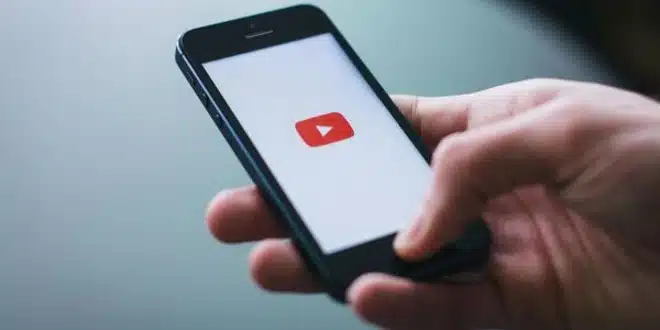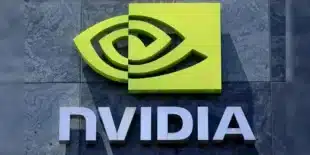In a bold move to tighten online safety regulations, Australia has added YouTube to its list of social media platforms that will be off-limits to users under the age of 16.
The decision, announced on July 29, marks a major shift in the country’s approach to digital safety and extends the scope of a groundbreaking law passed in 2024. Starting this December, YouTube will join Facebook, Instagram, TikTok, and Snapchat as platforms where teens will no longer be allowed to create accounts.
A Historic Online Safety Law with Global Implications
Australia’s Online Safety Amendment (Social Media Minimum Age) Act, passed by Parliament in November 2024, sets strict age restrictions for social media account creation. The law prohibits anyone under 16 from signing up for accounts on designated platforms, with hefty penalties of up to A$49.5 million for companies found in violation. While this regulation does not stop minors from viewing content passively, it prevents them from interacting on these platforms as account holders.
Initially, YouTube had been excluded from the legislation, thanks to its longstanding reputation as an educational and classroom-friendly platform. However, mounting criticism from rival companies and safety advocates led Australian regulators to reconsider that exemption. With new data highlighting YouTube’s high exposure rates to harmful content among younger users, the government acted decisively.
YouTube’s Inclusion Follows Data on Harmful Content Exposure
The reversal comes in light of recent findings showing that 37% of Australian children aged 10–15 had recently come across harmful content on YouTube—more than on any other platform. This data pushed Julie Inman Grant, Australia’s eSafety Commissioner, to formally recommend the platform’s inclusion in the ban. Her position was echoed by parents, educators, and digital safety groups concerned about algorithm-driven recommendations that lead children toward distressing or inappropriate material.
As a result, YouTube must now enforce age verification and deactivate existing accounts that were created by users under the age of 16.
Government Support and Political Reactions
Prime Minister Anthony Albanese has publicly supported the law, stating that while it may not solve all issues tied to digital safety, it represents a strong step in the right direction. “Social media is doing social harm to our children,” he said, emphasizing the government’s commitment to standing with Australian parents.
Communications Minister Anika Wells drew a striking metaphor to describe the challenge of keeping kids safe online: trying to raise children around social media is like “teaching your kids to swim in the open ocean with rips and sharks, rather than in a supervised pool.”
YouTube Pushes Back Amid Industry Tensions
In response to the government’s decision, YouTube, owned by Alphabet, expressed disappointment and hinted at possible legal action. The platform contested its classification as a social media network, instead branding itself a “video-sharing service” with immense educational value. YouTube argued that the reversal undermines prior agreements and could limit access to beneficial content for younger audiences.
Meanwhile, rival platforms—Meta, TikTok, and Snapchat—welcomed the inclusion. They had previously criticized YouTube’s exemption as inconsistent and unfair, likening it to allowing only one soft drink brand in a market while banning the rest.
Balancing Digital Learning and Youth Protection
The updated policy underscores a shifting balance in how governments view online platforms: weighing their educational benefits against potential mental health and safety risks. While YouTube has long been a go-to resource for learning, Australia’s regulators concluded that the interactive nature of the platform, combined with its recommendation algorithms, presents unique dangers for vulnerable users.
With this law, Australia becomes the first country to impose age-based account restrictions across such a broad range of platforms. The decision is likely to fuel international conversations around tech regulation, child safety, and platform accountability in the digital age.


